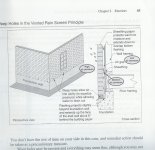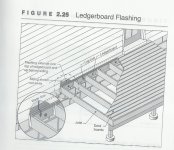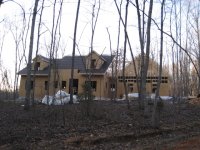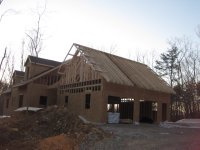dave1949
Super Star Member
As or the BH when you get the concrete slab make a dolly for the BH. I have made dollys for all my stuff and man does it make it easy. For a BH I would either weld up one or bolt together some 4x4 timber and use nice 4" or larger casters. Just roll the implement over to the tractor and make all the small adjustments needed. I have one for my Bush Hog, 2 bottom plow, 6' disc, grader blade, 7' snow plow, FEL bucket, ect. Works great and saves your back and will keep your little one from learning a bunch of 4 letter words.
Chris
Equipment dollies are nice. With my subframe backhoe, I get close enough to it to connect the hydraulics, then use the bucket, dipper arm and stabilizers to get it into position. If done patiently at a low idle, it works. Biggest challenge I have is getting the weight balance correct to remove/insert the subframes pins easily. Almost always takes a few hammer hits for those.
Dave.




